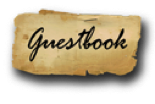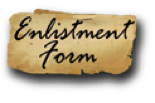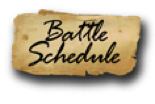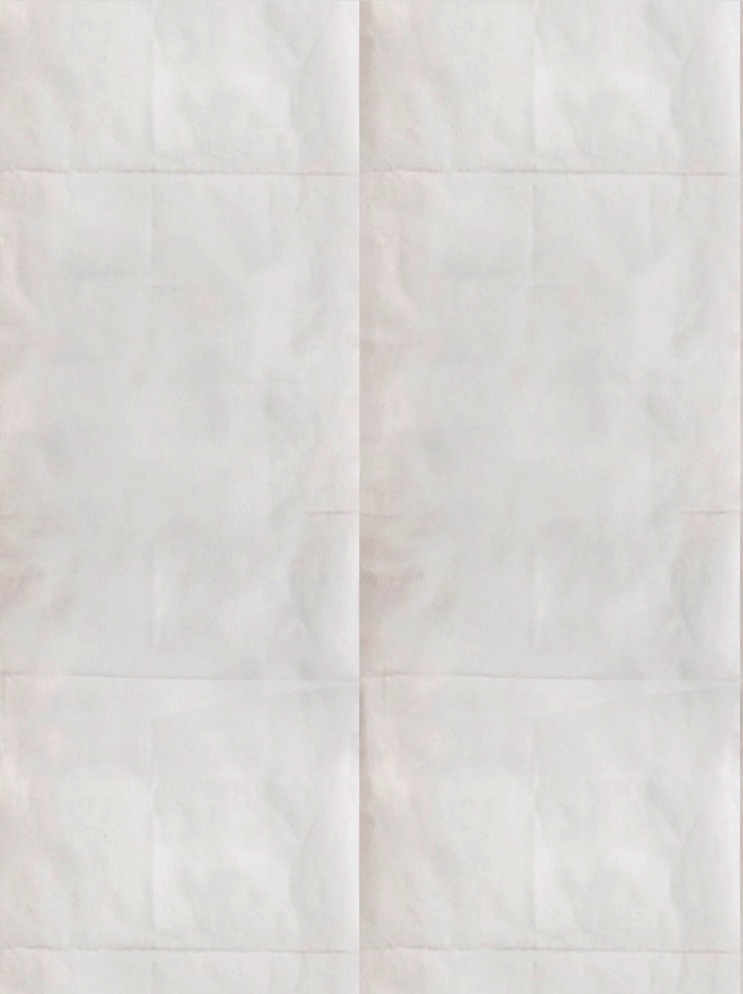
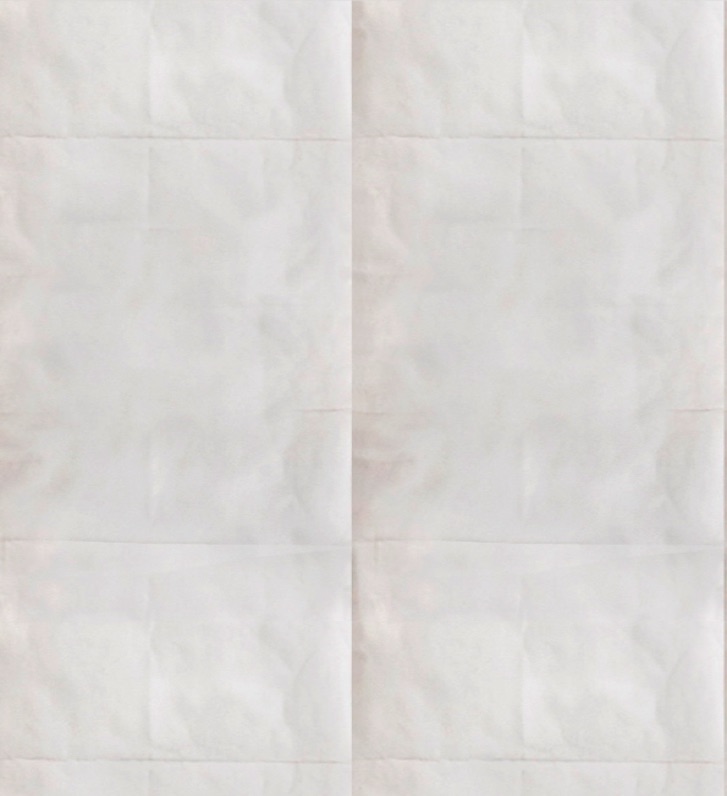
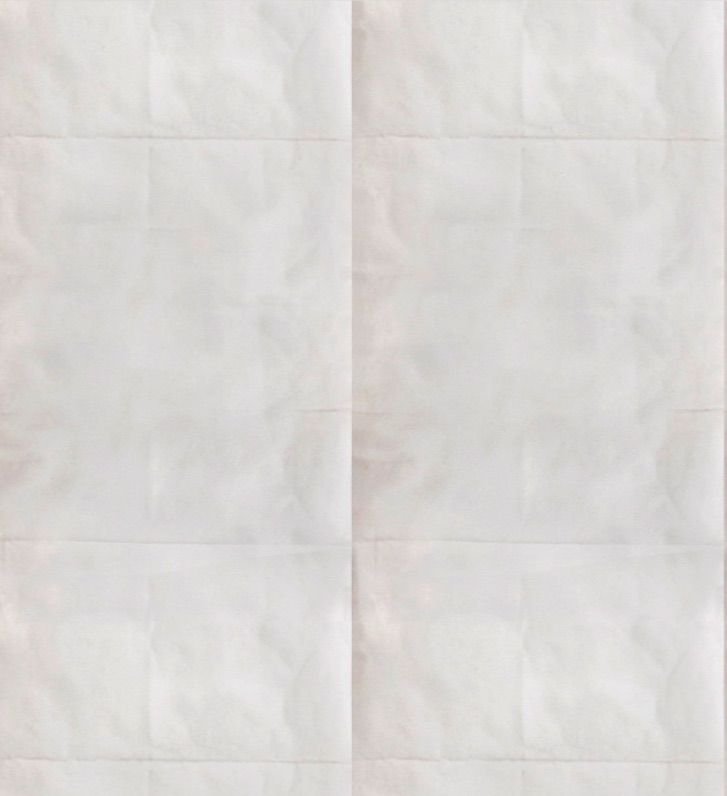

Dress Parade by Leonidas Jones
The adjutant will then pass around the colonel’s right, taking post midway between the colonel and the line of company officers. He will then command First Sergeants, to the front and center-MARCH. At the preparatory command, (all that before March) they will shoulder arms, march two paces forward, and face inward. At the command MARCH, they will march to the center and halt. Note that they do not face to the adjutant until his command.
The adjutant will then command, Front-FACE, REPORT.
At this, each first sergeant, beginning on the right, will give the rifle salute, and report the result of the roll call. Remember that, while each of our companies portrays a different regiment historically, in the dress parade, we are supposed to be one battalion. Thus, the report should be on the order of, 1st company, all present or accounted for, Sir. It is not necessary to give actual numbers. Neither is it necessary to report missing soldiers, unless they are missing without permission. All others are “accounted for”.
After the reports, the adjutant will command, First sergeants outward-FACE. To your posts-MARCH. The sergeants will face out and return to their positions in line.
Dress
Interestingly enough, none of the period sources I consulted, CS Regulations, US Regulations, Gilham's, Lee's, Viele's, Cooper's, or Dal Bello's PIE say anything about uniform requirements for the parade. I surmise that was understood military practice, which did not need to be spelled out at the time.
The term "dress parade" refers back to the English tradition of "dress" and "undress" uniform. In that tradition, the ceremony did require the full dress uniform. In unusual circumstances, such as inclement weather, an "undress parade" might be called, which would require only the undress uniform, and a shortened ceremony.
In the Confederate, there was no codified distinction between "dress" and "undress" uniform. Indeed, the infantry uniform as specified in CS Regulations, double breasted frock coat, with blue trim, light blue trousers, light blue kepi with dark blue band, was virtually never worn. Thus, we have no direction.
As a surmise, I would suggest that the best uniform available would have been worn. Early in the war, frock coats, sashes and white gloves would have been common, though not universal. Sergeants would have worn swords rather than rifles.
As we progress to mid and late war, many of these items would have been discarded, or have worn out and not been replaced. Still, even in the late war, there would be some dandies who would dress to the fullest.
Soldiers on active campaign would have been unlikely to bring such items. If on an active campaign, one would wear the only uniform available, the one on the soldier's back.
As far as I know, blousing of trousers was not a common period practice. I have seen no images, either photographic, painted, sketched, that show bloused trousers, although I am told by good authority that they exist. Regardless, I would suggest that they not be bloused for dress parade, unless we are in a known tick infested area.
Buttoning of uniforms is another point. CS Regulations, in Para. 1477, do state that the jacket should be “buttoned or hooked at the collar”. I would suggest though, 15. An officer, non-commissioned officer or soldier shall indicate respect for women when passing by them in public by touching the brim of the cap in the manner of a salute, or removing the hat. that for dress parade, the jacket be buttoned completely. The ceremony lasts only 10 minutes or so. In extreme heat, this could be adjusted, as the British did with the "undress parade".
Conclusion.
Dress parade is an important military ceremony, with a rich history. It is important that we represent it as accurately as possible. I hope that all will read the overview, and copy the instructions for their particular part. Learn the part next above your station, since you can never tell who will be “on furlough”, and prepare accordingly.
Leonidas Jones
Colonel Commanding
The Liberty Greys 6th Battalion, ANV
www.libertygreys.org "Any Fate but Submission!"
WORKS CITED
Here is a listing of the works I have consulted in making this study, and a short commentary on their use.
Cooper, Samuel. (1836) A Concise System of Instructions and Regulations for the Militia and Volunteers of the United States. Philadelphia: Robert Desilver.
A predesessor of Gilham’s using Scott’s Infantry Tactics as the basis for infantry drill.
Gilham, William. (1861) Manual of Instruction for the Volunteers and Militia of the United States Philadelphia: Charles Desilver
A very useful volume. Infantry is Hardee’s with additions for volunteers.
Hardee, William J. (1862) Rifle and Infantry Tactics. North Carolina.
Hardee’s revision for three band weapons. 1st printed in Mobile in 1861
Lee, Jas. K. (1861) Volunteer’s Handbook. Richmond: West & Johnston Press
Another manual for volunteers.
Regulations for the Army of the Confederate States. (1863) Richmond: J.W.Randolf.
Most valuable for reenactors.
Regulations for the Army of the United States. (1861) Philadelphia; J. G. L. Brown
The volume upon which the CS Regulations were based.
Upton, Emory. (1867) Infantry Tactics. New York: D. Appleton & Co.
A revision of tactics just after the war, which clarifies much that was not answered in pre-war manuals.
Scott, Winfield. (1830) Abstract of Infantry Tactics. Boston: Hilliard, Grey, Little, and Wilkins.
A short manual written by committee before Scott’s major work, Infantry Tactics.
Scott. Winfield. (1835) Infantry Tactics. New York: Harper and Brothers.
The great work of Scott, and the principal manual for infantry in use until the adoption of Hardee’s. It was still in use by many in the war.
Viele, Egbert. (1861) Hand-Book for Active Service. New York: John, Trow.
A valuable reference for troops in the field.
